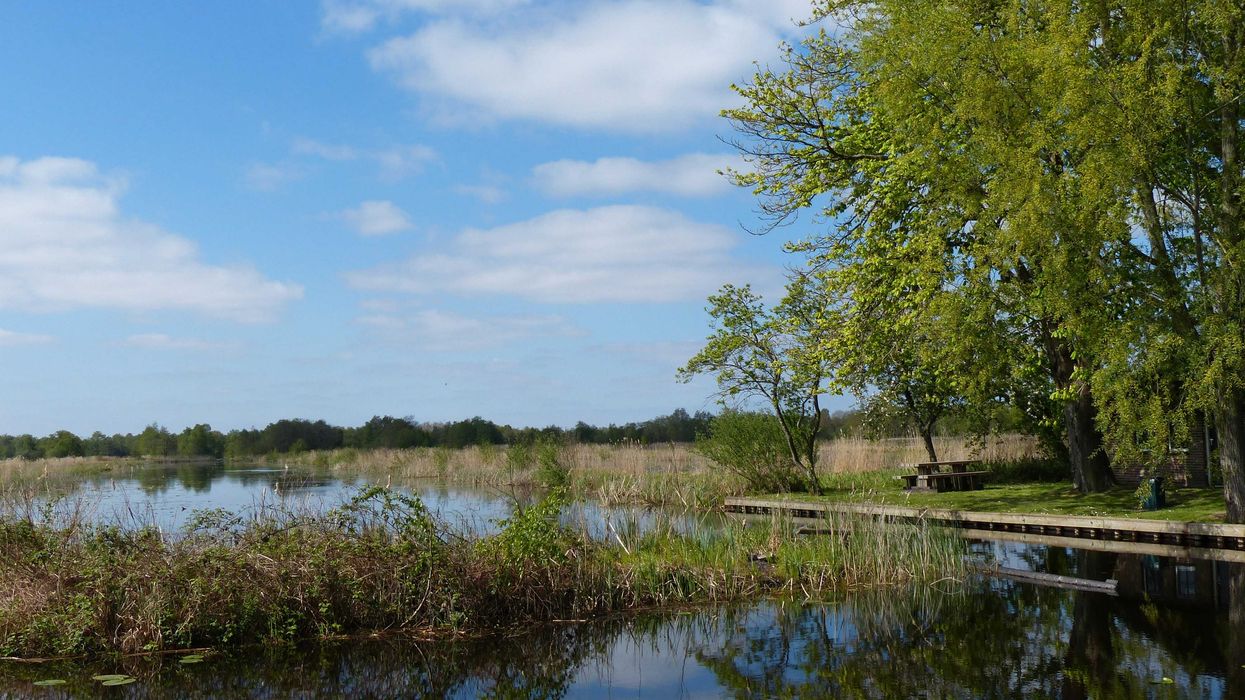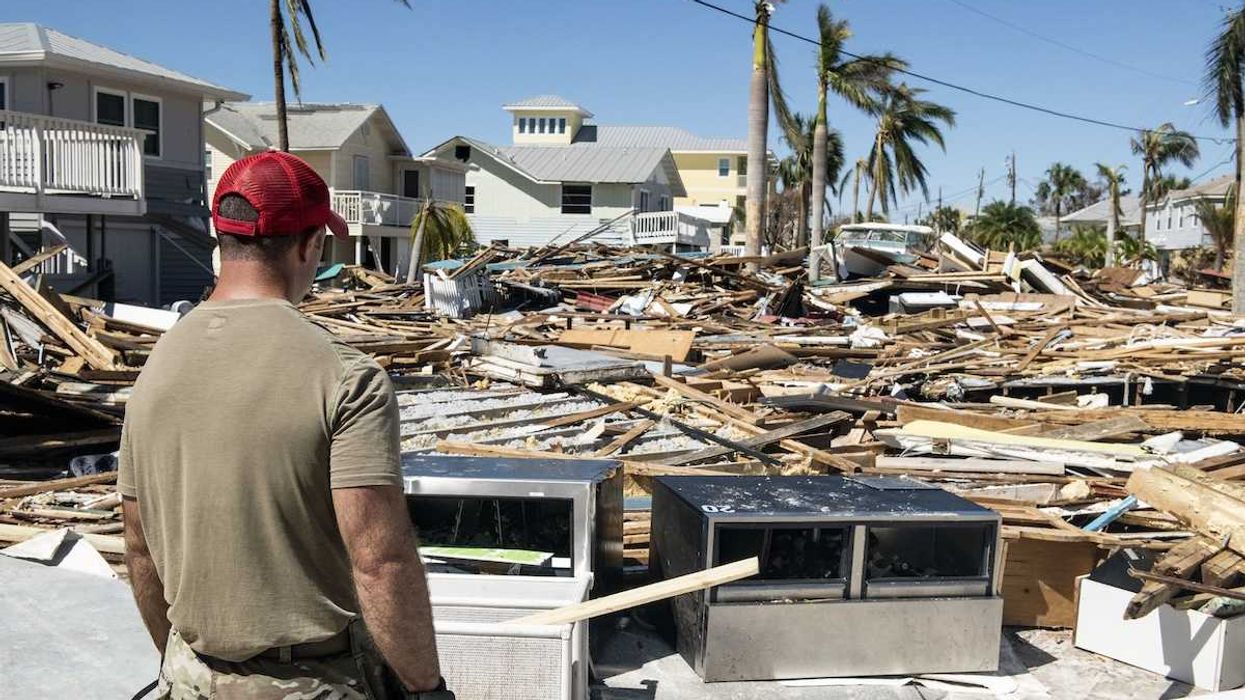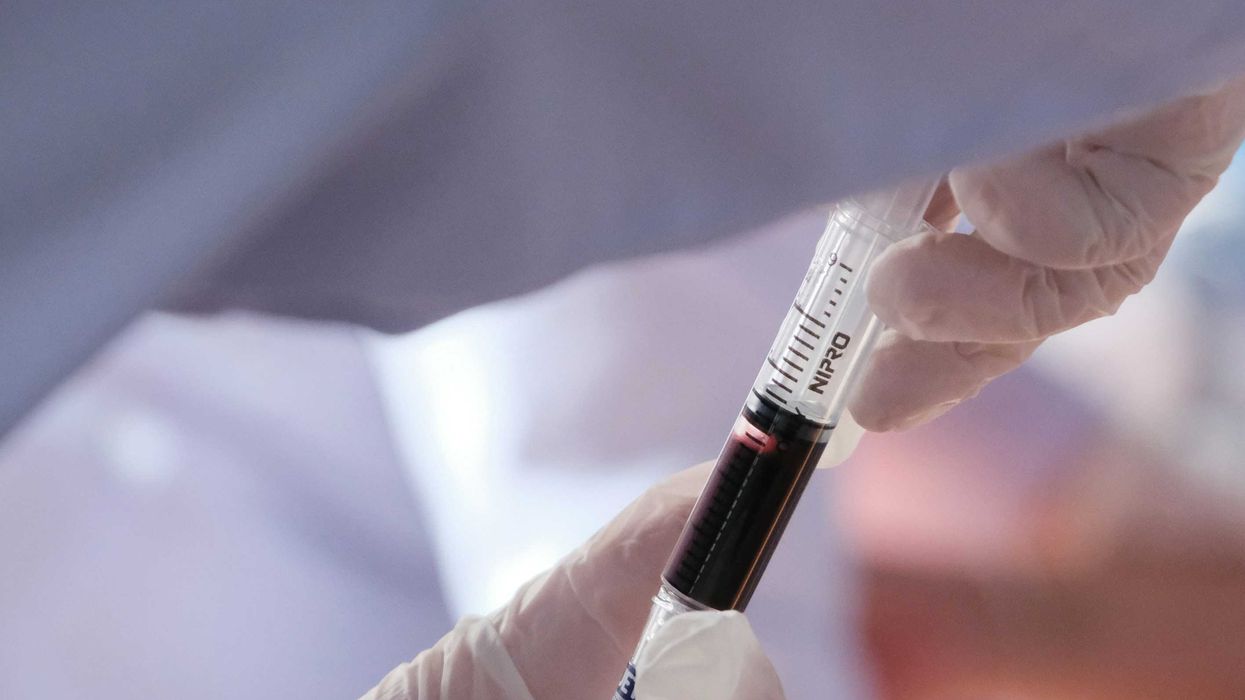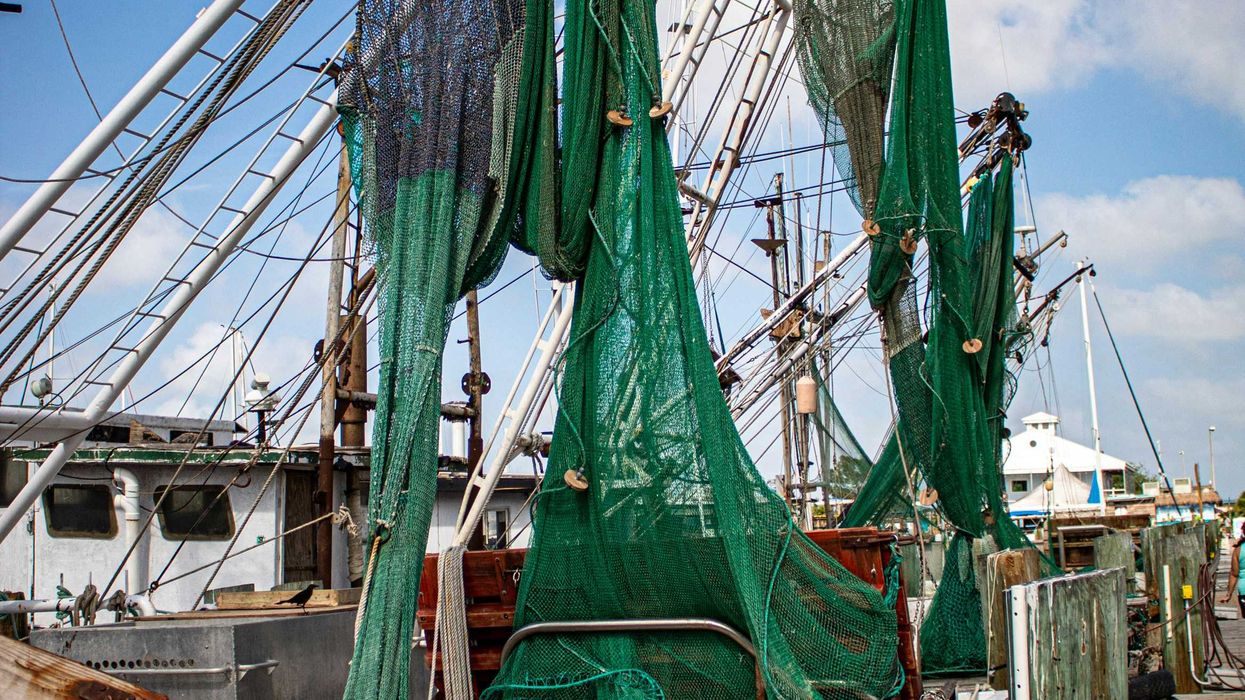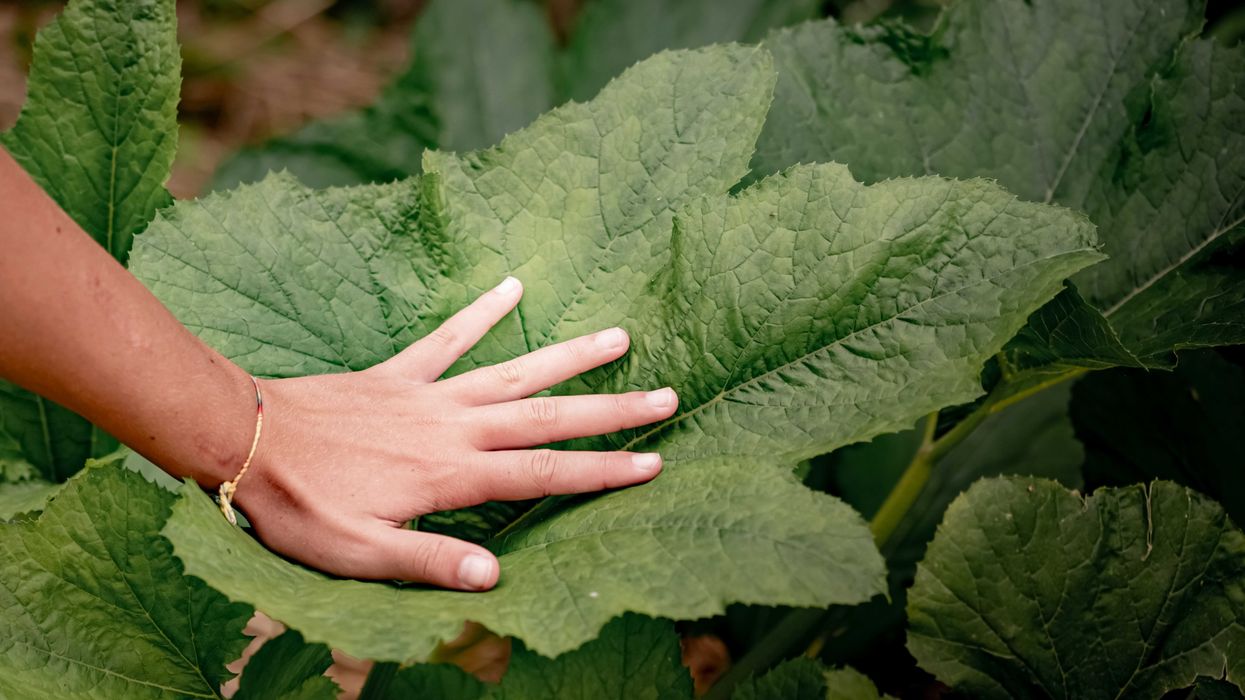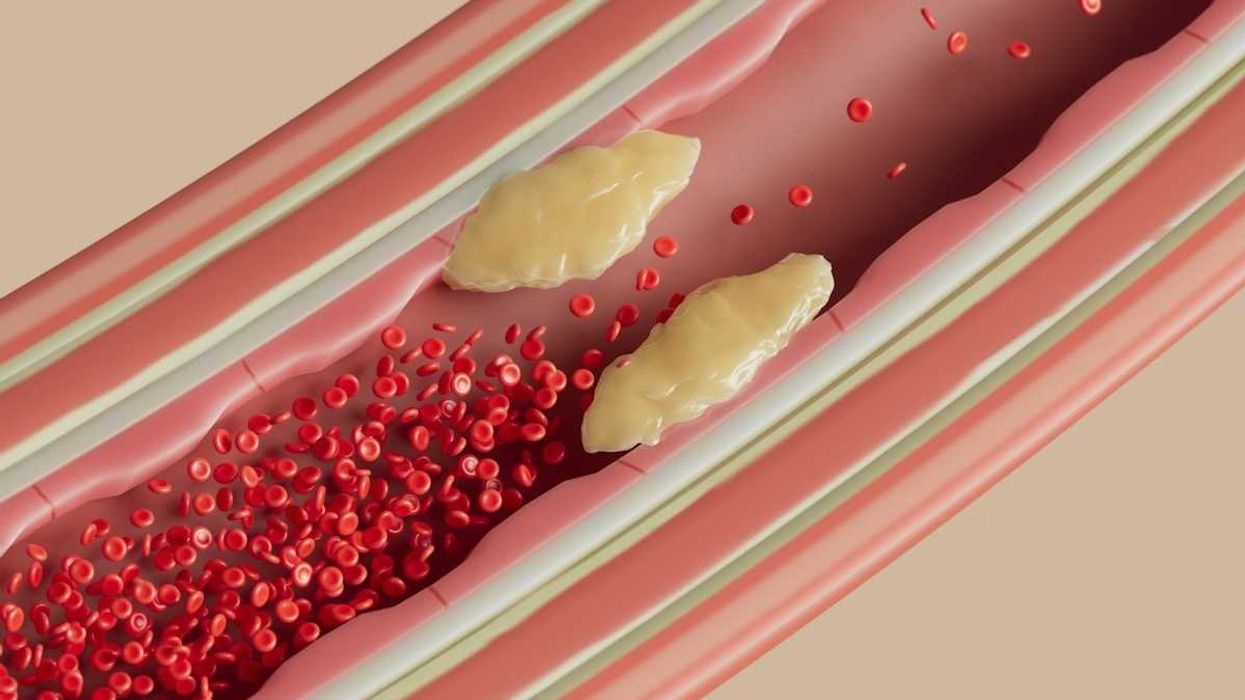Weeks after Hurricane Helene’s record rainfall flooded western North Carolina, many private wells remain contaminated, threatening safe drinking water for tens of thousands of residents.
Mira Rojanasakul and Hiroko Tabuchi report for The New York Times.
In short:
- Over 40% of the approximately 600 wells tested in western North Carolina show contamination from E. coli or coliform bacteria, risking severe illness among users.
- Private wells, unregulated and not routinely tracked, are vulnerable to flooding, especially in areas without municipal water, leaving many residents without clear solutions.
- Aid agencies like the EPA and nonprofits have launched free well testing and distributed thousands of testing kits, but challenges remain due to uncertain well locations.
Key quote:
“In a flood, there’s a cocktail of everything.”
— Hartwell Carson, French Broad Riverkeeper, Waterkeeper Alliance
Why this matters:
Flood-induced contamination of unregulated private wells poses a public health risk, especially as extreme weather events become more common. Without proper tracking and support, communities reliant on these wells face ongoing threats to their drinking water, underscoring the need for improved water safety standards and disaster preparedness.
Read more: Hurricane Helene’s flooding raises concerns over private well water safety


